You can also be interested in these:
- Is your SSD temperature too hot for It to run?
- NVMe vs SATA SSD What is worth buying?
- What SSD are compatible with PS5 and how to install
- WD My Book Live breach is causing data wipes worldwide
The evolution of storage units in the PC universe has defined the SSDs (Solid-state Drives) in recent years as the most requested product as an upgrade for a computer. They are no longer as expensive as they were, and with that, the day-to-day use of these devices is going beyond the storage of an operating system and some applications and games. Users now are starting to use them as external storage alternatives, to make them portable and enjoy high transfer speeds anywhere. Let’s assess what are the best external SSD 2021 can offer.
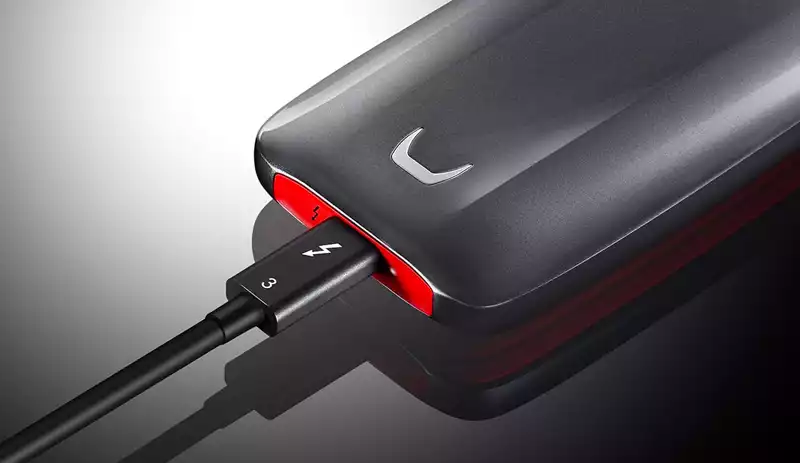
We will be focusing in various factors: The performance, the protection of the drive itself and the connection they use. Although it is common for them to have a USB 3.0 port, either a type A or a type C, there are also many models that use the USB type C connector to provide them with a Thunderbolt 3 connection, much faster.
Things to bare in mind when buying an SSD
It must be clear right from the start that an SSD is not a type of hard disk on its own, although you can mostly find them in stores inside the hard drives section. SSDs do not include moving parts, and instead of cymbals and read heads they use non-volatile NAND flash memory.
On sequential and random performance
The main problem with external SSDs resides in the controller that translates from the interface that they implement (SATA, PCIe) to the external connection bus with the PC. In the case of units that work on Thunderbolt there is no problem because the controller allows the operation of these units at full performance, but the USB connections are penalized by the transfer protocol itself and that affects above all the transfer speed of small files, often referred to as random speed.
The speed that Thunderbolt 3 allows is up to 40 Gbs and does not impose restrictions on random speed. USB drives allow speeds depending on the version: USB 3.0 up to 5 Gbs, USB 3.1 up to 10 Gbs and USB 3.2 up to 20 Gbs. All of them put restrictions on random transfer to a greater or lesser extent, except for USB 3.2. However in practice it shouldn’t be noticed unless an infinity of small files are transferred. The latter is why professionals, such as photographers, look for Thunderbolt 3 devices.
Formats
The formats the best external SSD 2021 are sold are as varied as you can imagine. Although there are well-designed models that turn to aluminum to appeal to the buyer’s senses, others include coarser designs but are resistant to falls and others, and are even waterproof. These waterproof and dust-proof units are usually somewhat more expensive, with built-in plugs for the connector and other possible water inlets.
There are also docking stations for PCs that have space inside for one or several M.2 and 2.5-inch type drives, which gives them versatility beyond the additional connectors they provide, such as more USB ports or video connections. Generally they are bases that work on a Thunderbolt 3 connection. There are housings for internal SSDs so that they can be used externally, which in many cases can be cheaper.
Best external SSD 2021 can offer
USB 3.0 connection
ADATA SD600Q and SD700
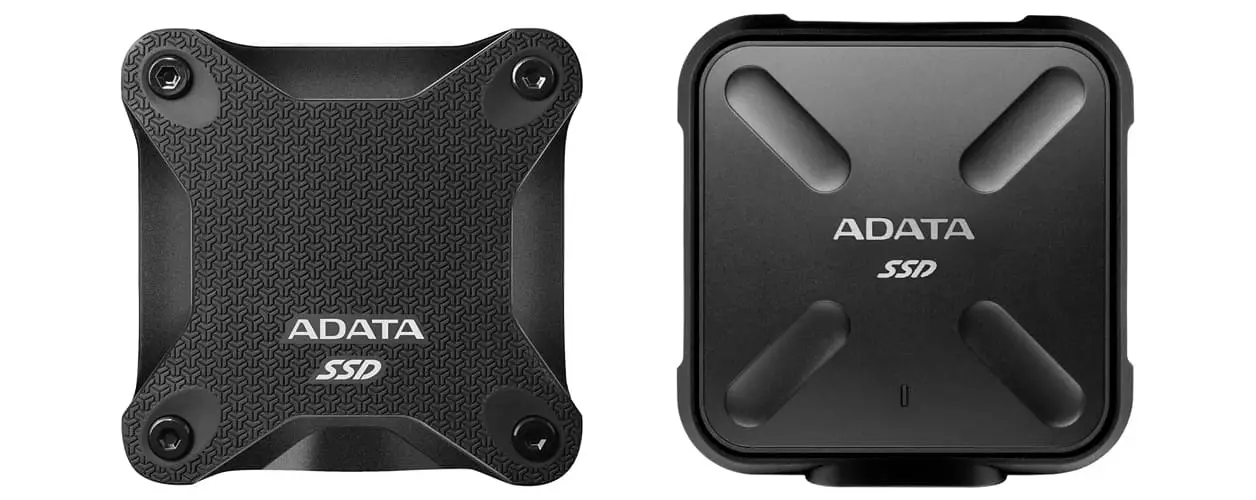
The SD600Q series is made up of small and rugged models, so you get the benefit of SSD speed in a pocket-size package. They have good speed and manufacturing quality.
The SD700 series is similar to the previous one, but smaller in size at 80mm × 80mm × 15.2mm and waterproof, with a USB micro-B interface and a USB Type A cable. Adds an ultra-strong MIL certificate -STD-810G 516.6. It is a faster unit than the SD600Q, somewhat more expensive, but both will give a similar performance on a daily basis, whether it is used to store information or to play games directly from them.
Savage Exo by HyperX
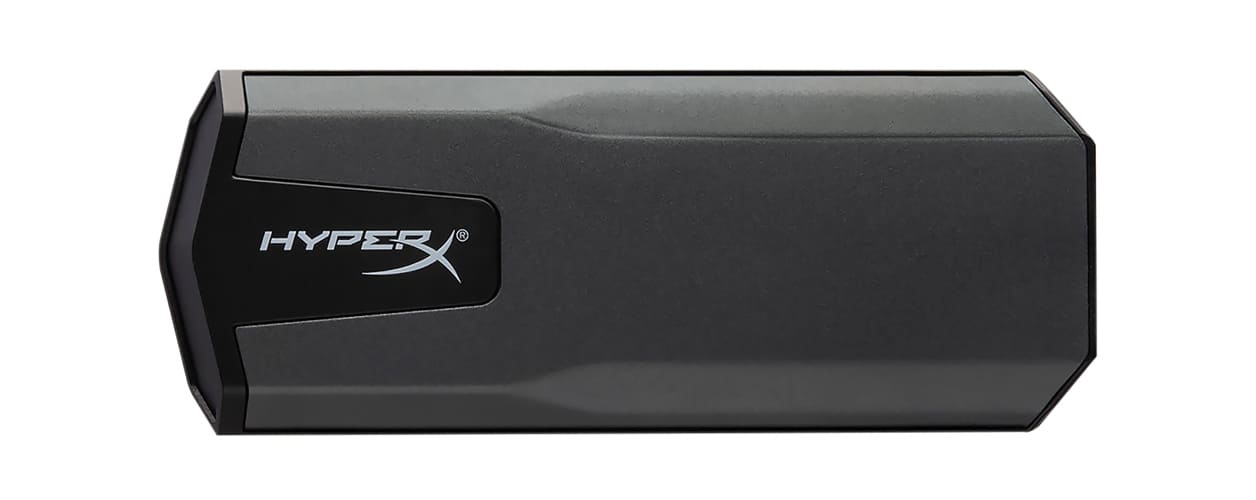
The Savage Exo series of external SSDs offers excellent performance, making use of a USB-SATA bridge and controller. That includes a good random read/write speed of 4KB files, which is usually the main problem with external SSDs due to the encoding of data that the USB standard does. The design is a bit more particular, since HyperX is Kingston’s casual model, and therefore somewhat more aggressive, but just as small and portable.
USB 3.1 and 3.2 connection
ADATA SE800
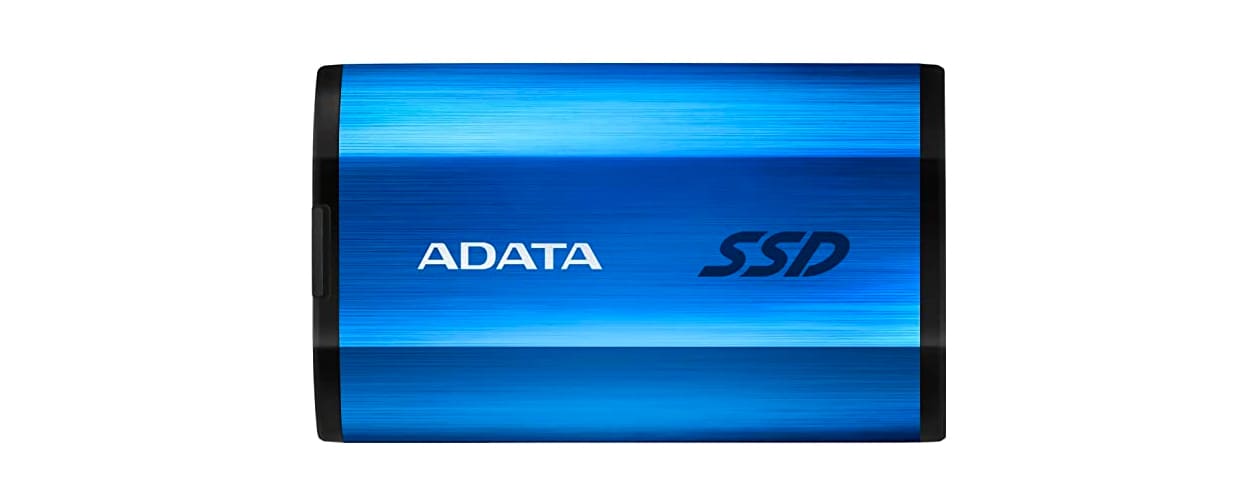
Crucial X6 Portable
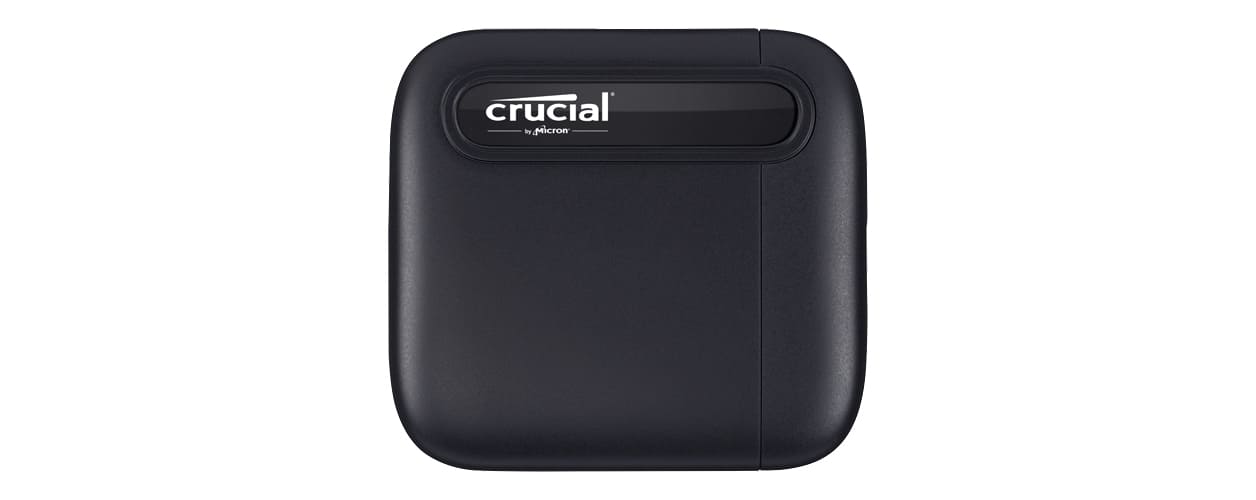
The X6 Portable series internally uses a SATA interface, somewhat slower at up to 540 MB, but more geared towards a general public compared to the X8 series which is more oriented to professionals. It’s a smaller drive, with a USB 3.1 Type-C connector.
SanDisk Extreme Pro
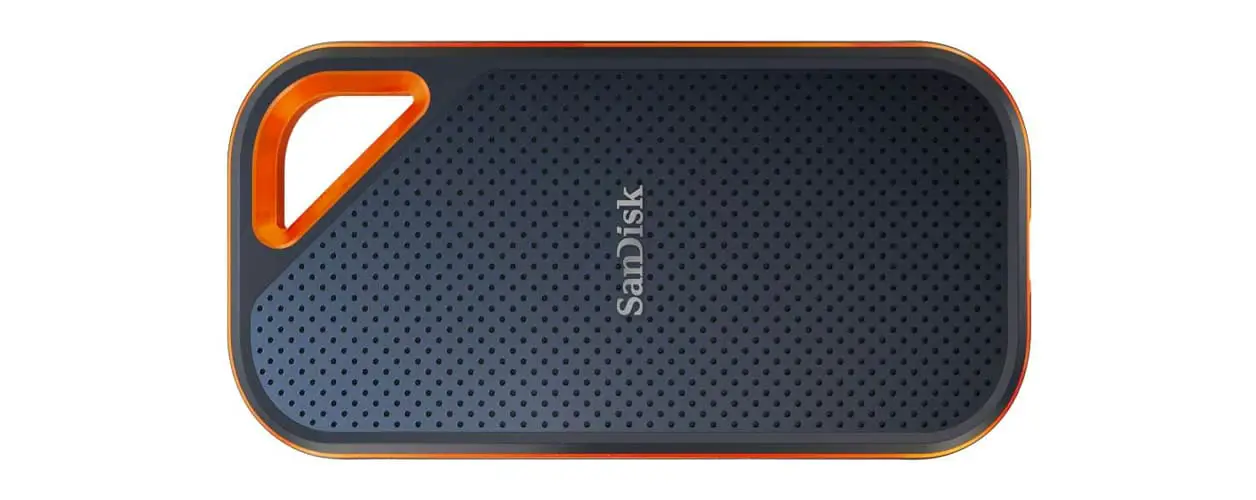
The Extreme Pro drive is 110mm × 57mm × 10mm in size and features a USB 3.1 Type-C connection that enables sequential read speeds of up to 1050MB. The housing is made resistant to small immersions in water and is ultra-resistant against drops, with IP55 certificate. Its small format and good black and orange design make it one of the most requested external SSDs.
Crucial X8 Portable
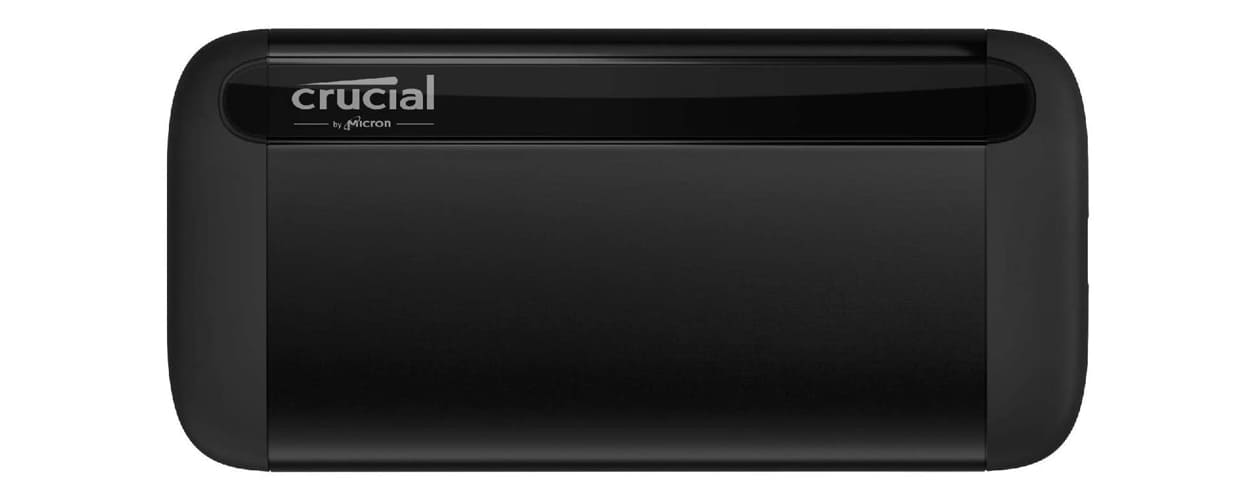
Crucial’s X8 Portable series is an external SSD with a USB 3.1 interface and USB Type-C connector, which allows a maximum speed of 1050 MBs. Compatible with USB 3.0 and USB 2.0 but with lower speeds. Internally it works with a PCIe 3.0 interface and is based on the P1 from the same company.
Samsung Portable T7
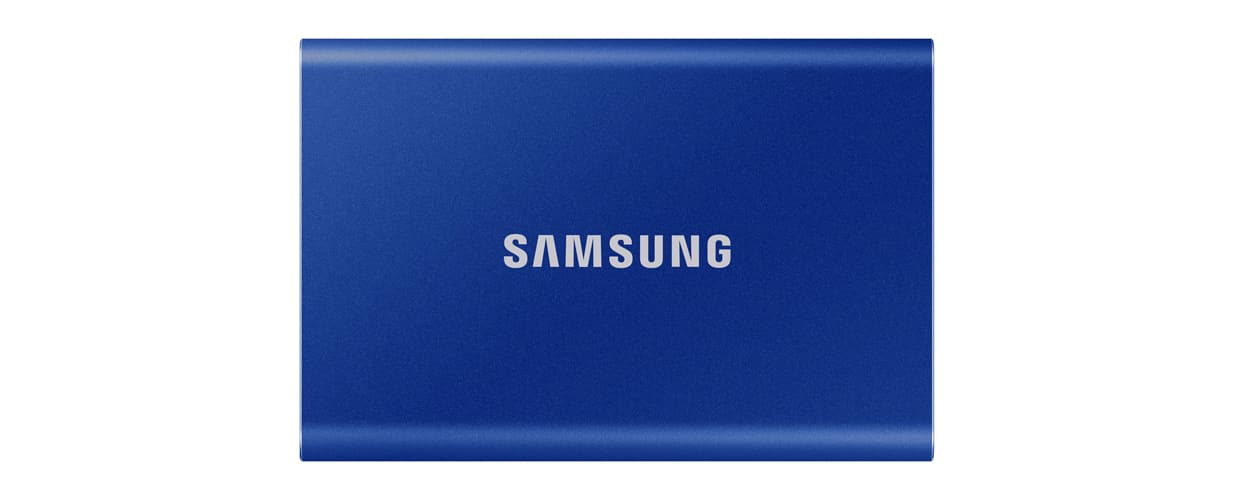
The Samsung Portable T7 is 85mm × 57mm × 8mm in size, weighing 58g, and features a USB 3.1 Type-C connector that allows up to 1050/1000 MB sequential read/write. It supports AES-256 hardware encryption, and has a fingerprint reader to unlock its use on the PC. It implements an ASMedia ASM2362 driver as a bridge from the PCIe 3.0 × 2 connection to USB.
WD_Black P50
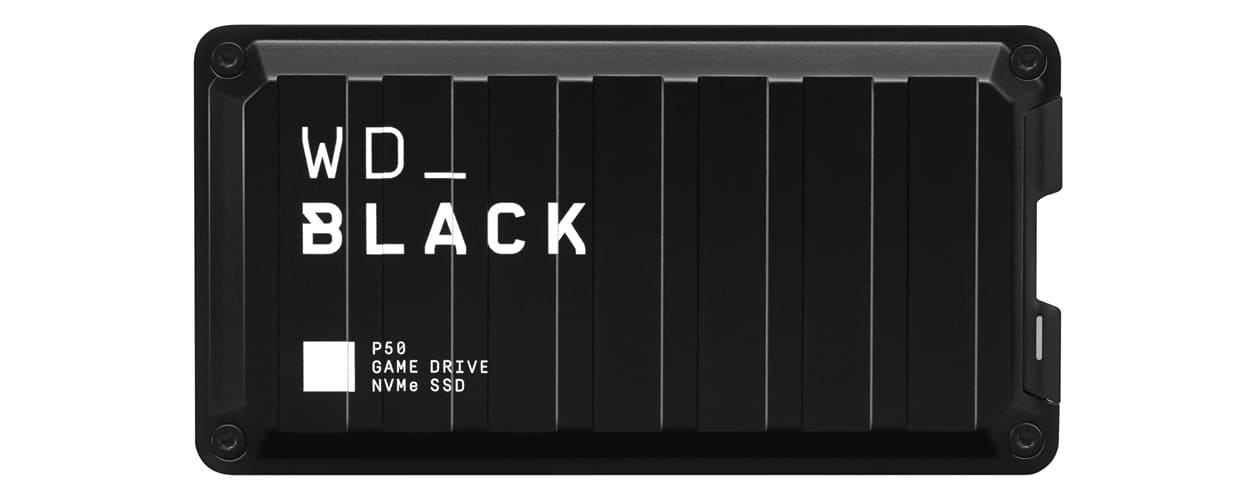
Western Digital’s WD_Black P50 series is 62mm × 118.1mm × 14mm in size and the case is made of aluminum. The PCIe-USB bridge is an ASM2364 from ASMedia, and enables it to reach speeds of up to 1050MB. It has a USB 3.2 type C interface.
Western Digital My Passport SSD
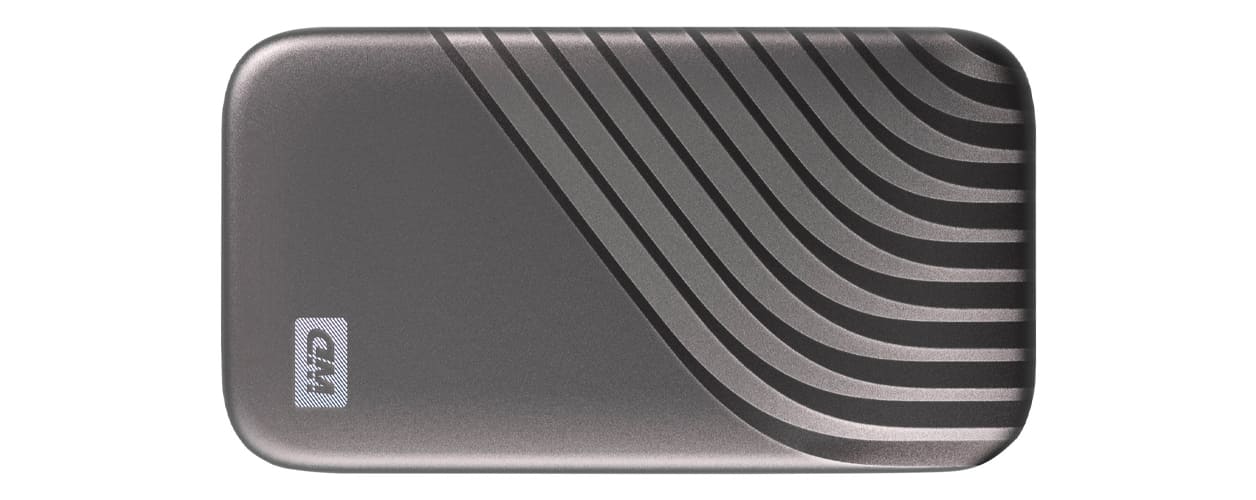
The new generation My Passport SSD has a more refined and less industrial design, in various colors such as black or red, and has a USB 3.1 Type-C connection for speeds up to 1050 MB. Also has a AES-256 hardware encryption. Its size is 45mm × 90mm × 10mm.
Rocket NANO by Sabrent
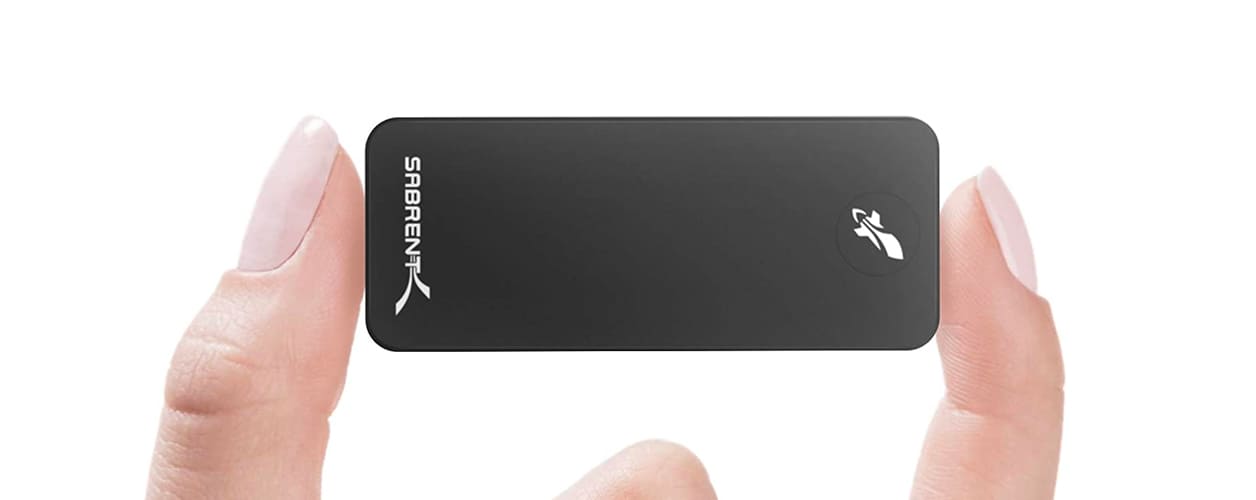
This unit lives up to its name by being 29.2mm × 69.8mm × 12.7mm in size and weighing 68g, so it could fit in a pocket. It has a USB 3.1 Type-C interface that allows it to reach 1000MB read. The case is made of aluminum and is sold in gray and black, as well as an ultra-rugged version of the 2TB model.
Thunderbolt 3 connection
Samsung Portable X5
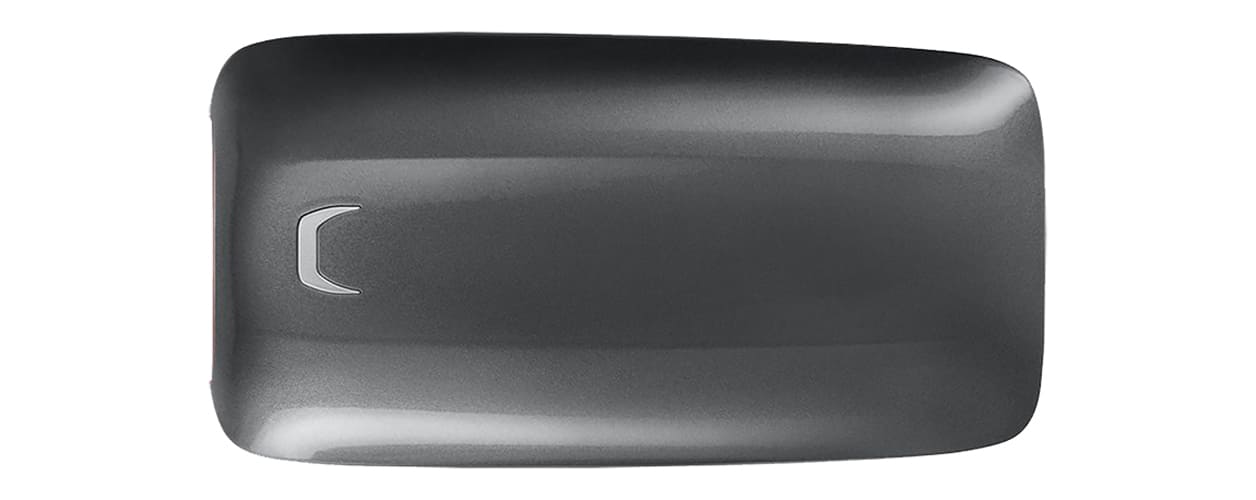
Samsung’s Portable X5 series uses a Thunderbolt 3 interface for connection, and is the fastest portable external SSD on the market.
Plugable TBT3 Series
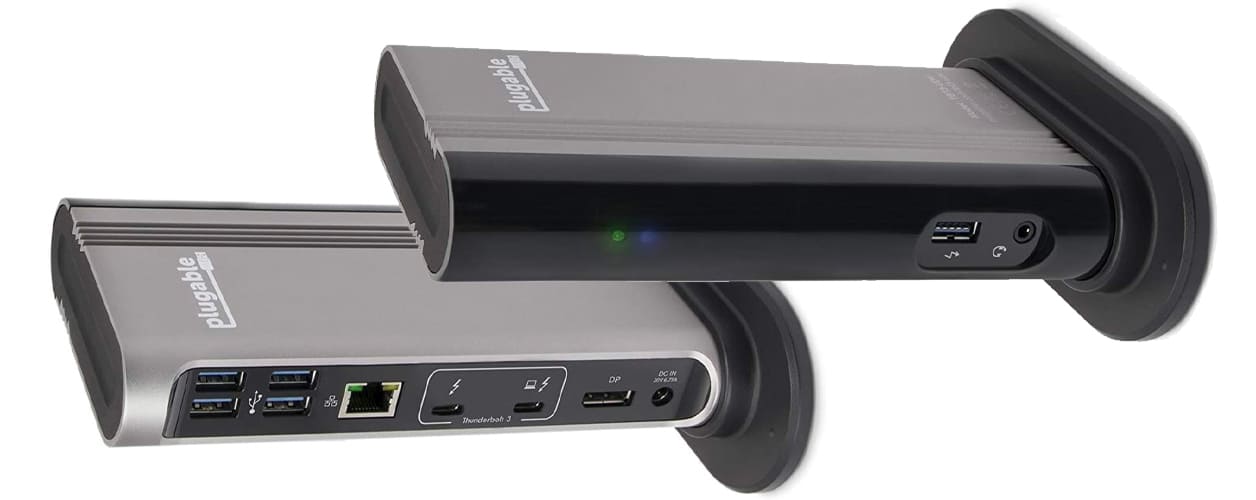
The TBT3 series has a black aluminum housing and a Thunderbolt 3 port, although with a short cable that cannot be exchanged for another one. It uses TLC type 3D NAND memory, and has a durability that reaches 3600 TB recorded. The maximum sequential read/write speed is 2400/1800 MB.
Rocket XTRM-Q by Sabrent
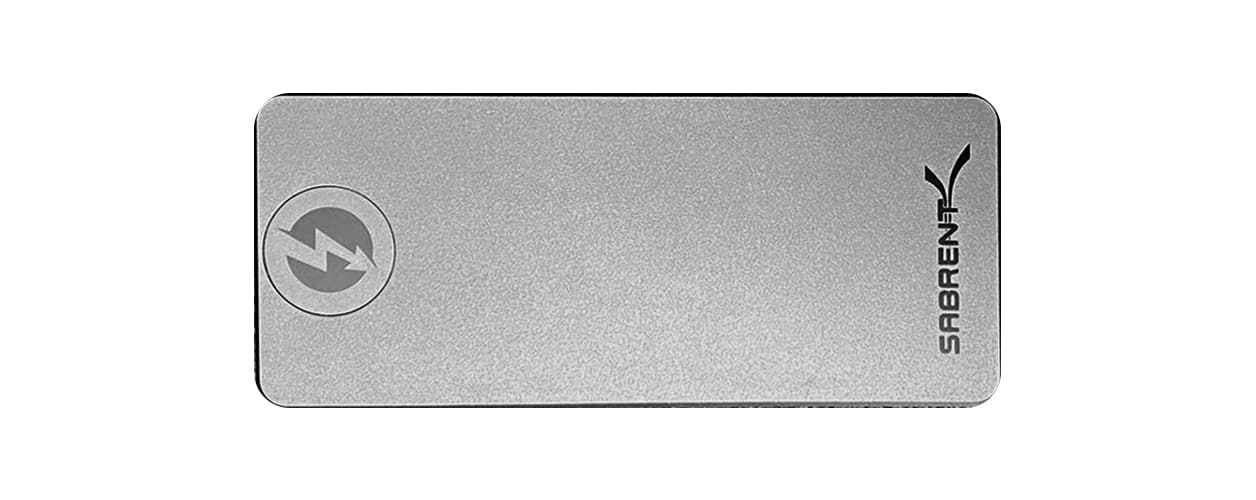
This series from Sabrent is the highest capacity on the market, reaching 8TB over Thunderbolt 3. The drive is 132.1mm × 190mm × 17.5mm in size and reaches speeds of up to 2700MBs. It is perfectly compatible with USB connections like the rest of Thunderbolt 3 units.
LaCie Rugged SSD Pro
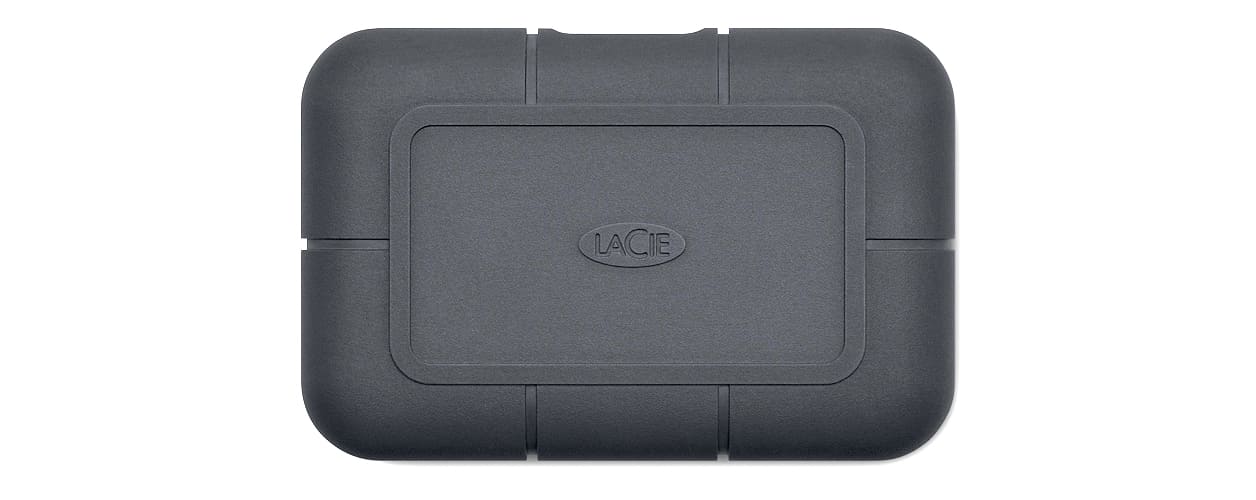
The LaCie Rugged SSD Pro is an ultra-rugged 64.9mm × 97.9mm × 17mm, 100g weight model that is IP67 waterproof and dustproof. It has a Thunderbolt 3 interface based on a PCIe 3.0 × 4 SSD (a Seagate FireCuda) and reaches 2800 MB of sequential read. It has 1TB and 2TB models.
External SSD Enclosures and Docking Stations
You can also be able to convert any SSD into your very own best external SSD 2021 with enclosures and docking stations. There are for 2.5-inch and M.2 drives, USB 3.0 port or Thunderbolt models available. The latter are much more expensive due to the technology itself, but it allows you to get all the performance of those that implement a PCIe 3.0 × 4 interface.
There are also docking stations that have space for M.2 or 2.5-inch drives since they are after all external and to a certain degree they are portable. There are both normal models such as those for gaming, which basically do not add anything additional but have an extra cost due to the inclusion colored lights.
To use these boxes and bases, the norm is to look for an M2 unit, as they are smaller, and there are different sizes available. The M2 can be 2230, 2242, 2280 or 22110 in format, the last figures indicating the length of the unit: 2280 means that it is 22 mm wide and 80 mm long. There are also many external enclosures for 2.5-inch drives, which can be used as external hard drives.
More stories like this
- Is your SSD temperature too hot for It to run?
- NVMe vs SATA SSD What is worth buying?
- What SSD are compatible with PS5 and how to install
- WD My Book Live breach is causing data wipes worldwide